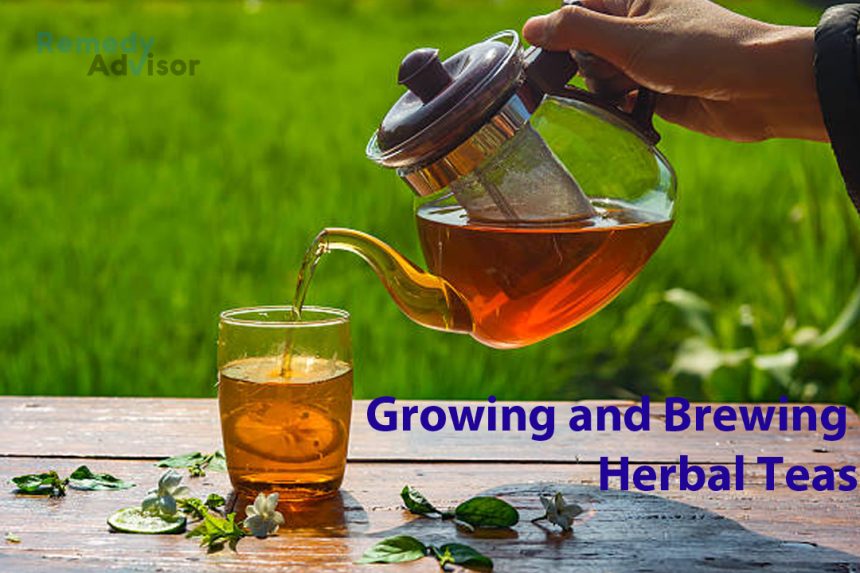Many herbs can be used for tea. Although they won’t reach the fullness or height they would outdoors, you can grow them indoors. Simply choose a spot where the plants will get plenty of sun ideally a south-facing window that gets light all day.
Herbs that make great teas
Your gardening store likely stocks the seeds or will know a mail-order source. Here are some of my favorites…
• Fennel seeds, leaves and root
Fennel seeds, leaves and root are excellent stomach and intestinal remedies. When brewed, they also arouse appetite and expel mucus accumulations. The tea tastes like anise, peppermint and licorice.
• Lemon balm tea
Lemon balm tea has been used for bronchial catarrh, colic, dyspepsia, cramps, some forms of asthma and headaches.
• Mint tea
Mint tea can be made from 30 different varieties. Mint teas relieve poor digestion, cramps, coughs, headaches, heartburn, nausea, abdominal pains, and other ailments related to nerves.
• Thyme tea
Thyme tea is ideal for alleviating indigestion, calming nerves and clearing the mucous membranes.
Drying and storing
• Using scissors
Using scissors, cut leaves just before the flower forms for the fullest flavor and best leaf color when dried.
• Wash leaves or branches quickly in cool water
Wash leaves or branches quickly in cool water and lightly towel dry. Then spread on a mesh rack and place in a slow oven set at 100°F to 125°F. Leave the oven door open, and stand nearby, as the leaves dry in just a few minutes.
Or dry them in a microwave on a very low setting for one minute or less.
Brewing
Cover one teaspoon dried leaves or three teaspoons fresh crushed herb with one cup boiling water. Steep for 10 minutes and strain.







